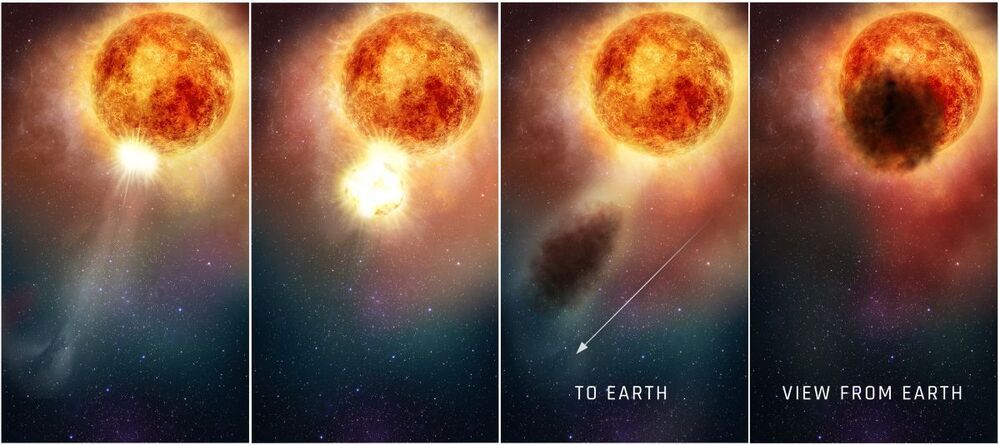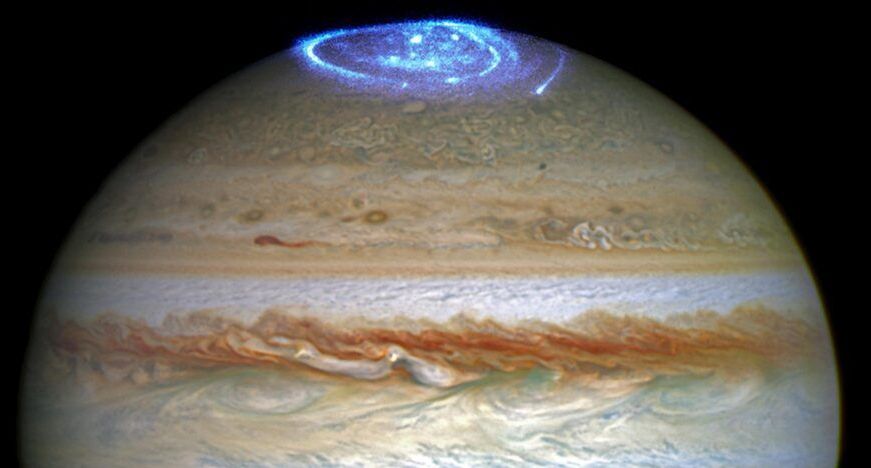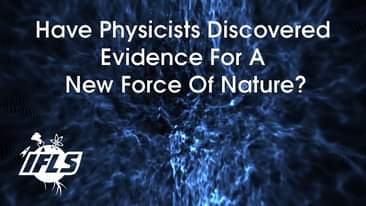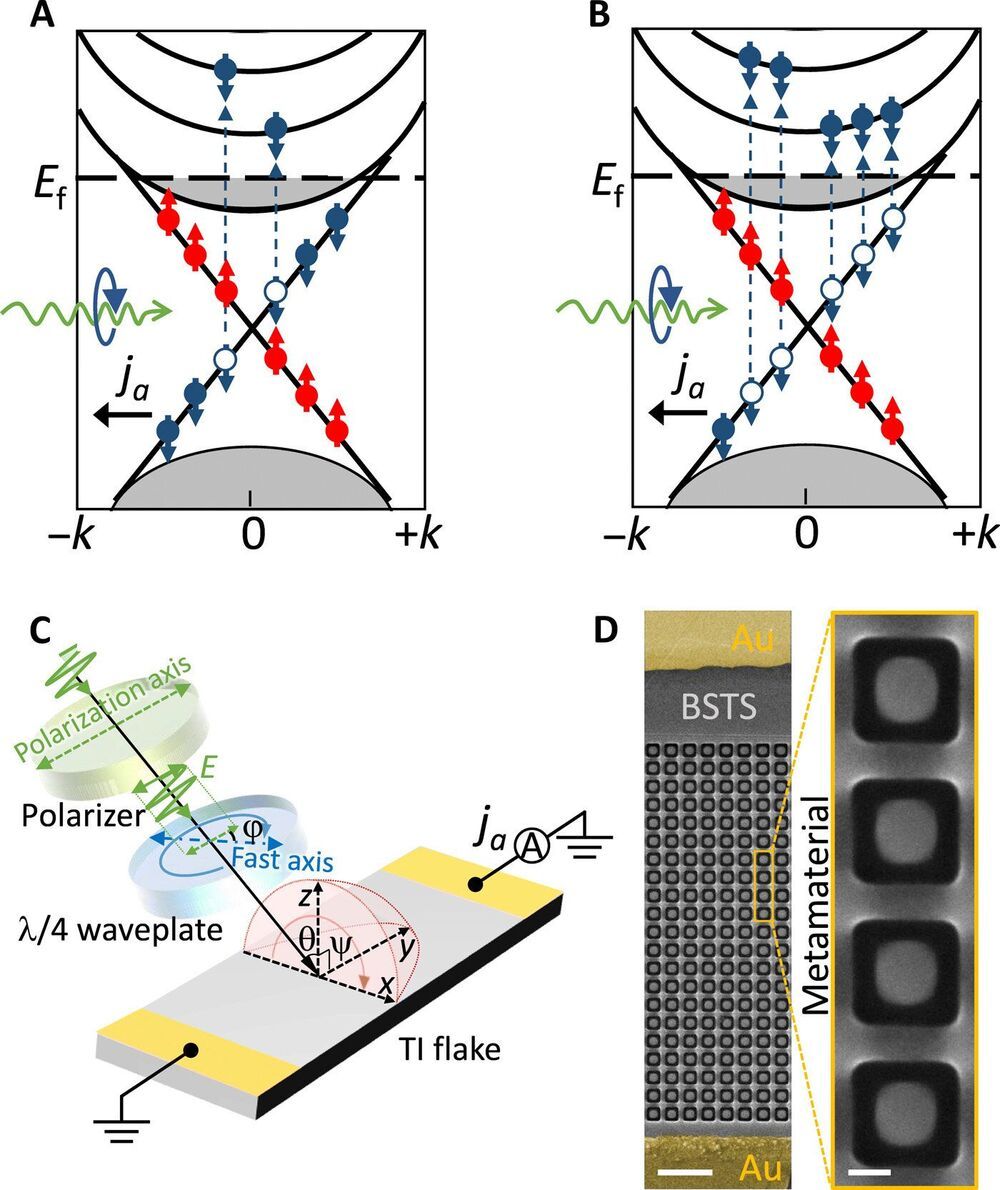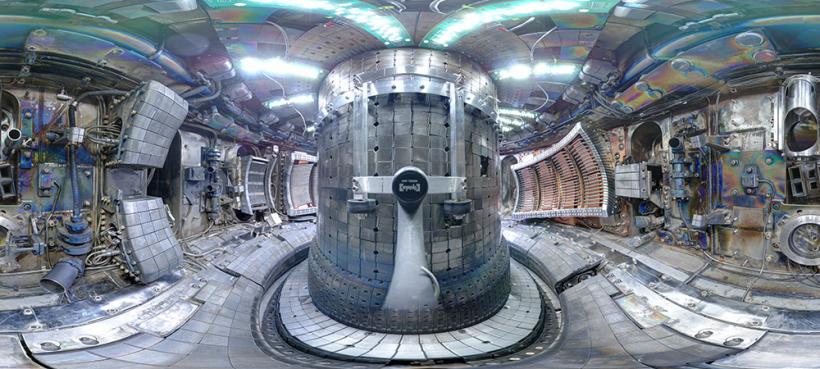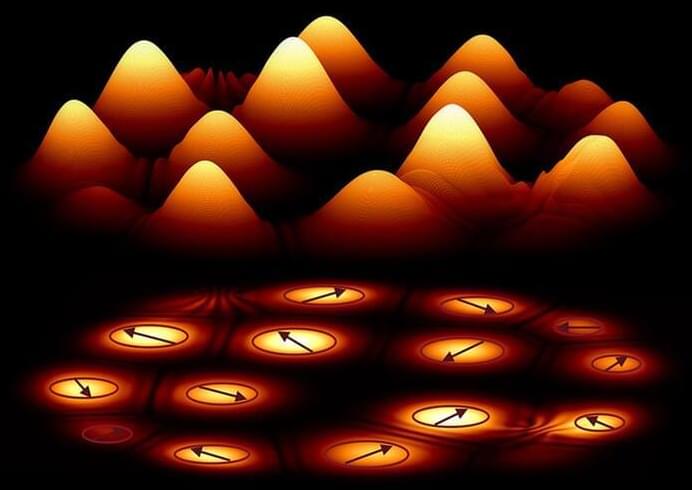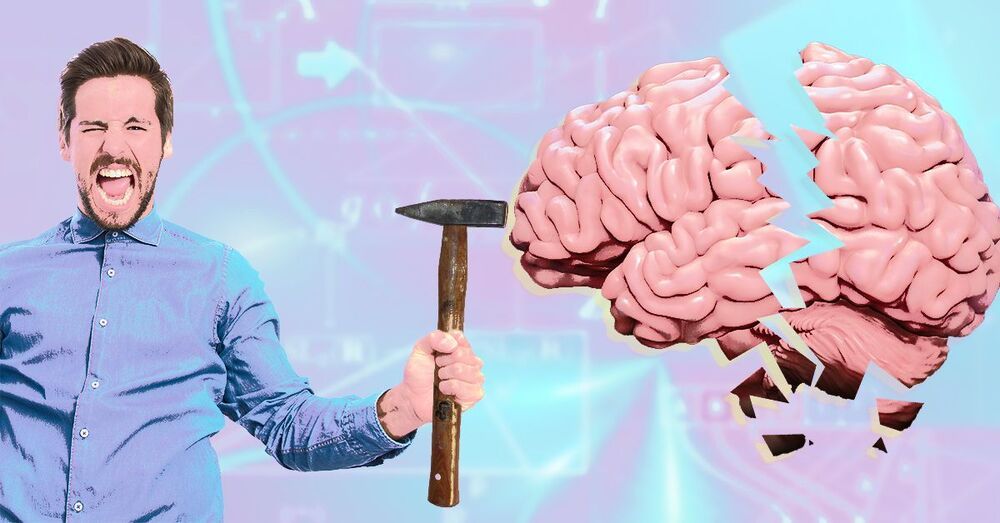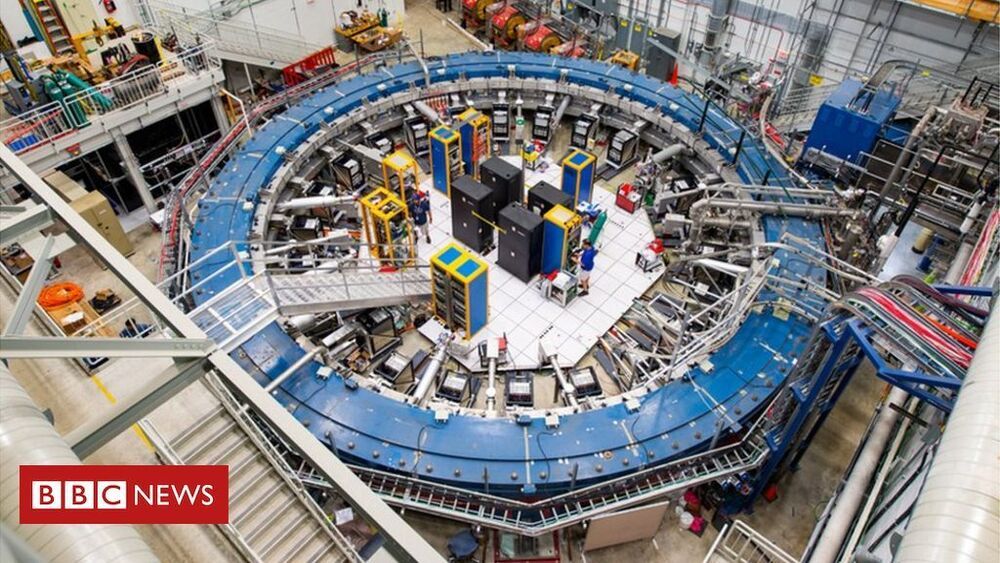Archive for the ‘physics’ category: Page 169
Apr 17, 2021
Intriguing Secret to Jupiter’s Curious Aurora Activity Revealed in New Research
Posted by Genevieve Klien in categories: physics, space travel
Auroral displays continue to intrigue scientists, whether the bright lights shine over Earth or over another planet. The lights hold clues to the makeup of a planet’s magnetic field and how that field operates.
New research about Jupiter proves that point — and adds to the intrigue.
Peter Delamere, a professor of space physics at the University of Alaska Fairbanks Geophysical Institute, is among an international team of 13 researchers who have made a key discovery related to the aurora of our solar system’s largest planet.
Apr 17, 2021
These are the asteroids to worry about
Posted by Jamal Simpson in categories: asteroid/comet impacts, existential risks, mapping, physics
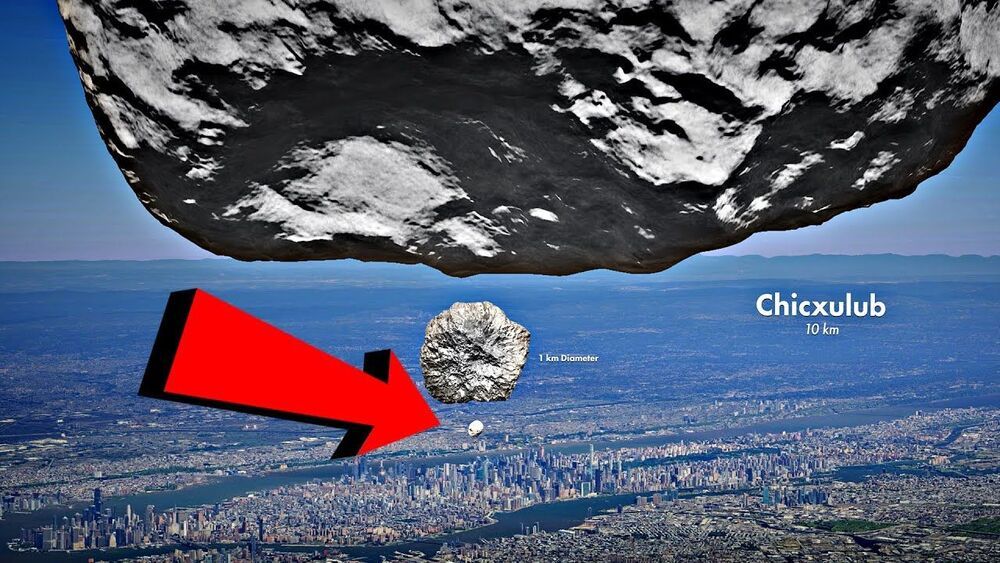
Stephen Hawking thought an asteroid impact posed the greatest threat to life on Earth. Thanks to Kiwico for sponsoring this video. For 50% off your first month of any crate, go to https://kiwico.com/veritasium50
For other potential world ending catastrophes, check out Domain of Science: https://ve42.co/DoS
Special thanks to:
Prof. Dave Jewitt from UCLA Earth, Planetary, and Space Sciences.
Prof. Mark Boslough from Sandia National Labs.
Scott Manley: https://www.youtube.com/user/szyzyg.
Ryan Wyatt at Morrison Planetarium.
Prof. Amy Mainzer.
Alexandr Ivanov for the opening shot of Chelyabinsk Meteor.
Apr 17, 2021
Have physicists discovered evidence for a new force of nature?
Posted by Paul Battista in category: physics
Apr 13, 2021
Topological insulator metamaterial with giant circular photogalvanic effect
Posted by Saúl Morales Rodriguéz in categories: biological, chemistry, food, nanotechnology, physics, space
Topological insulators have notable manifestations of electronic properties. The helicity-dependent photocurrents in such devices are underpinned by spin momentum-locking of surface Dirac electrons that are weak and easily overshadowed by bulk contributions. In a new report now published on Science Advances, X. Sun and a research team in photonic technologies, physics and photonic metamaterials in Singapore and the U.K. showed how the chiral response of materials could be enhanced via nanostructuring. The tight confinement of electromagnetic fields in the resonant nanostructures enhanced the photoexcitation of spin-polarized surface states of a topological insulator to allow an 11-fold increase of the circular photogalvanic effect and a previously unobserved photocurrent dichroism at room temperature. Using this method, Sun et al. controlled the spin transport in topological materials via structural design, a hitherto unrecognized ability of metamaterials. The work bridges the gap between nanophotonics and spin electronics to provide opportunities to develop polarization-sensitive photodetectors.
Chirality
Chirality is a ubiquitous and fascinating natural phenomenon in nature, describing the difference of an object from its mirror image. The process manifests in a variety of scales and forms from galaxies to nanotubes and from organic molecules to inorganic compounds. Chirality can be detected at the atomic and molecular level in fundamental sciences, including chemistry, biology and crystallography, as well as in practice, such as in the food and pharmaceutical industry. To detect chirality, scientists can use interactions with electromagnetic fields, although the process can be hindered by a large mismatch between the wavelength of light and the size of most molecules at nanoscale dimensions. Designer metamaterials with structural features comparable to the wavelength of light can provide an independent approach to devise optical properties on demand to enhance the light-matter interaction to create and enhance the optical chirality of metamaterials. In this work, Sun et al.
O,.o arc reactor.
The Plasma Science and Fusion Center (PSFC) seeks to provide research and educational opportunities for expanding the scientific understanding of the physics of plasmas, and to use that knowledge to develop both fusion power and non-fusion applications.
Apr 10, 2021
The Near-Magical Mystery of Quasiparticles
Posted by Saúl Morales Rodriguéz in categories: computing, physics
Using intuition, educated guesswork and computer simulations, condensed matter physicists have become better at figuring out which quasiparticles are theoretically possible. Meanwhile in the lab, as physicists push novel materials to new extremes, the quasiparticle zoo has grown quickly and become more and more exotic. “It really is a towering intellectual achievement,” said Natelson.
Recent discoveries include pi-tons, immovable fractons and warped wrinklons. “We now think about quasiparticles with properties that we never really dreamt of before,” said Steve Simon, a theoretical condensed matter physicist at the University of Oxford.
Here are a few of the most curious and potentially useful quasiparticles.
Apr 9, 2021
Physicists working with Microsoft think the universe is a self-learning computer
Posted by Chuck Brooks in categories: computing, physics, space
A team of theoretical physicists working with Microsoft today published an amazing pre-print research paper describing the universe as a self-learning system of evolutionary laws.
In other words: We live inside a computer that learns.
The big idea: Bostrom’s Simulation Argument has been a hot topic in science circles lately. We published “What if you’re living in a simulation, but there’s no computer” recently to posit a different theory, but Microsoft’s pulled a cosmic “hold my beer” with this paper.
Apr 7, 2021
Muons: ‘Strong’ evidence found for a new force of nature
Posted by Quinn Sena in categories: physics, space
Physicists may have just made a major breakthrough in our understanding of the Universe.
Apr 5, 2021
Spanish astrophysicists discover new region of Milky Way
Posted by Genevieve Klien in categories: physics, space
Researchers detected the Cepheus spur, a bridge of massive blue stars, while creating the most accurate map of the galaxy to date.
